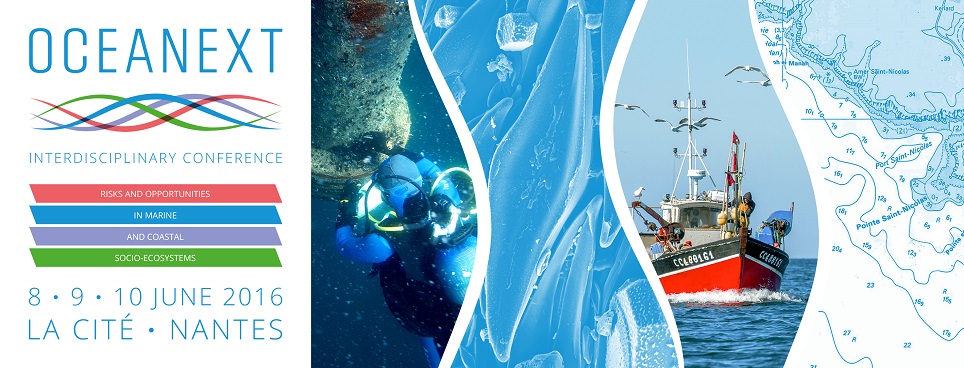In Europe, Alexandrium minutum is one of the main species responsible for paralytic shellfish poisoning and regularly impacts the shellfish aquaculture industry. Morphological similarities between different Alexandrium species make an accurate identification problematic. Therefore, alternative methods are needed for environmental monitoring. The assay should be rapid, discriminative, quantitative and inexpensive. In this context, two lateral-flow-immunoassay (LFIA) are presented here to detect and quantify A. minutum whole cells. The assays both rely on two distinct monoclonal antibodies directed against different surface epitopes of this organism and are used in a sandwich format. The capture is done by a first antibody spotted as a test line onto a nitrocellulose membrane whereas the second antibody is labelled with superparamagnetic nanobeads or colloidal gold particles that are subsequently used to detect the signals. Cell quantification is done either by densitometry or by measuring the magnetic signal. We demonstrate that whole algae can diffuse through the nitrocellulose strip. Either frozen or living cells can be quantified directly in a seawater sample. LFIA specificity was assessed by using a panel of other dinoflagellates species. Calibration curves and the detection limit were determined using seawater spiked with known amounts of a culture of A. minutum cells. Both types of LFIA tests were subsequently used on environmental samples that were previously characterized by light microscopy counting.
In conclusion, these specific and handy LFIAs are capable of detecting and quantifying toxic A. minutum cells in seawater samples in less than 30 minutes, which is optimal for rapid on-site testing.
- Poster

 PDF version
PDF version

